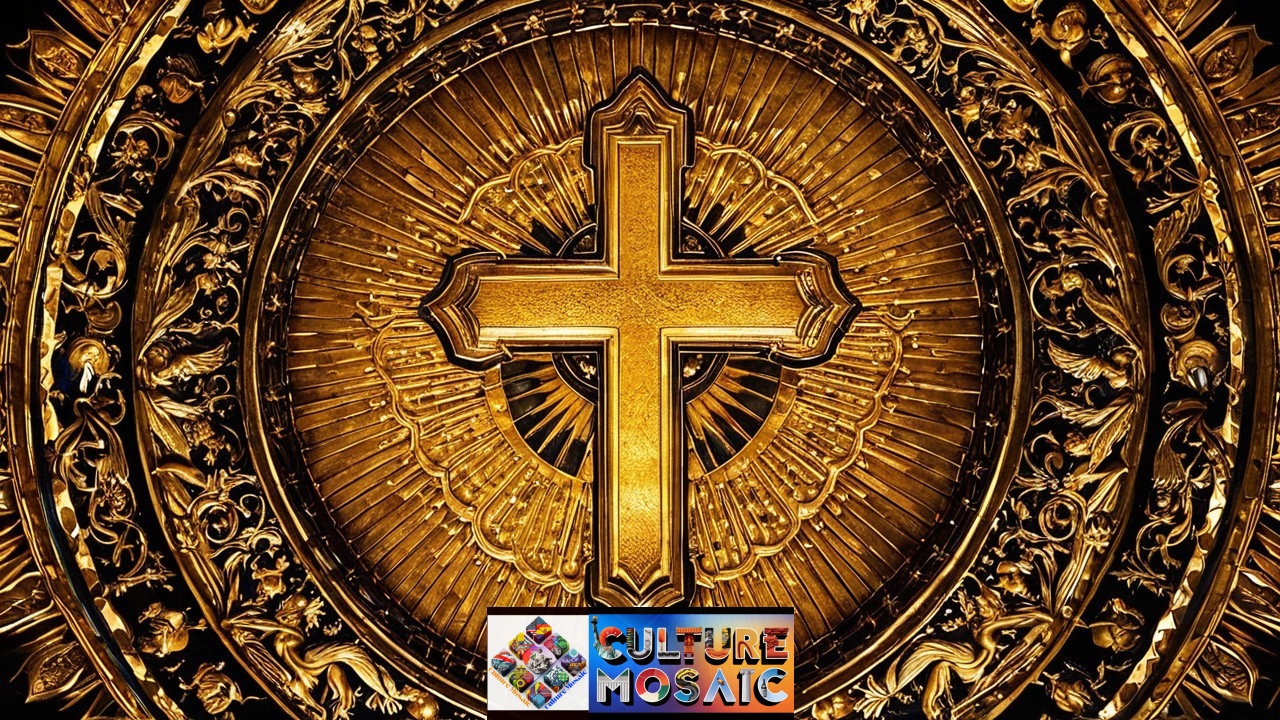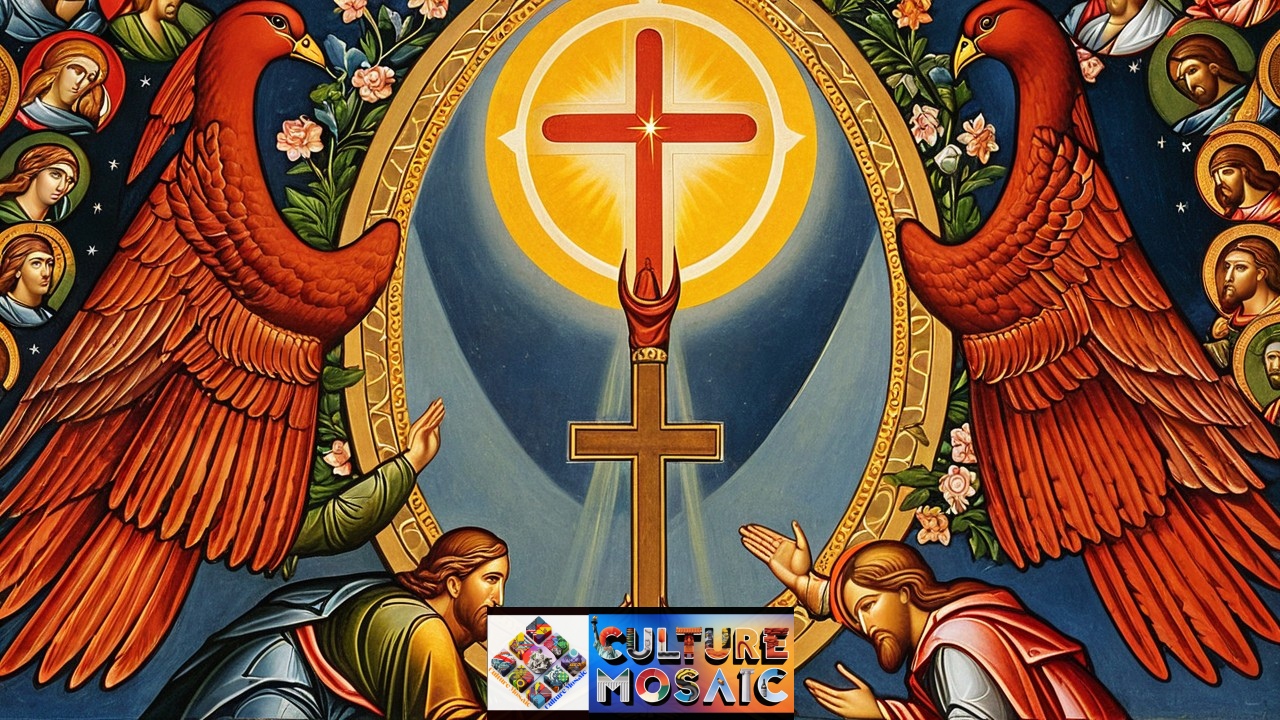Unveiling the Hidden Language of Faith in the Early Church
Introduction
In the formative centuries of Christianity, believers faced persecution, secrecy, and a need for spiritual connection. In this context, early church ancient Christian symbols emerged as powerful expressions of faith, identity, and hope. These symbols decorated catacombs, altars, manuscripts, and daily objects, carrying messages understood only by the initiated.
This article explores the most prominent symbols, their meanings, and their significance to early Christians, supported by a visual table and historical context.
Why Symbols Were Important in the Early Church

- Persecution: Christians used symbols to communicate covertly during Roman persecution.
- Lack of Scripture Access: With limited written texts, symbols served as visual theology.
- Unity Across Languages: Icons transcended language barriers in the expanding Christian world.
Table: Key Early Church Ancient Christian Symbols
| Symbol Name | Symbol Image | Meaning | Biblical Reference/Tradition |
|---|---|---|---|
| Ichthys (Fish) | 🐟 | Jesus Christ, Son of God, Savior | Matthew 4:19; acronym in Greek |
| Chi-Rho (ΧΡ) | ΧΡ Overlay Symbol | Christ (Greek: Christos) | Constantine’s vision before the battle |
| Alpha & Omega | ΑΩ | God as beginning and end | Revelation 1:8 |
| Anchor | ⚓ | Hope in Christ | Hebrews 6:19 |
| Dove | 🐤 | Holy Spirit, peace | Matthew 3:16 |
| Good Shepherd | 🧁 with sheep | Christ as protector and guide | John 10:11 |
| Cross | ✝ or † | Salvation, the sacrifice of Jesus | Crucifixion narratives in all the Gospels |
| Lamb of God | 🐏 Surrounded by a luminous halo, Jesus, as the sacrificial Lamb, illuminates the sacred act of selfless surrender and divine grace. | Jesus exemplifies the divine sacrifice, symbolized eternally as the Lamb who willingly gave himself for humanity’s redemption. | John 1:29 (NIV): |
| Peacock | 🦚 | Eternal life | Based on early Roman-Christian myth |
| Vine & Branches | 🍇 or vine imagery | Unity with Christ | John 15:5 |
Symbolism in Art and Architecture

Catacombs
- Ancient Christian burial sites in Rome are adorned with richly symbolic frescoes.
- Common motifs: Ichthys, anchor, Good Shepherd.
Mosaics
- Found in ancient basilicas like Ravenna (Italy), often depict the Chi-Rho and the Lamb of God.
Manuscripts
- Symbols were used in illuminated manuscripts, especially in early Gospels and Psalters.
Hidden Messages and Covert Communication

- Fish and Anchor were often marked as safe meeting places.
- Alpha and Omega signaled the eternal nature of Christ amidst imperial authority.
Comparison Chart: Pagan vs Christian Symbolism
| Pagan Symbol | Christian Adaptation | Transformed Meaning |
| Laurel Wreath | Crown of Life | Martyrdom reward (James 1:12) |
| Sun Disc | Halo around Christ/Saints | Divine glory |
| Shepherd Statue | Good Shepherd | Jesus as spiritual guide |
Legacy of Early Christian Symbols Today
- Many of these symbols are still used in churches, jewelry, and Christian branding.
- Resurgence in interest in historical spirituality and early church aesthetics.
Visual Recap: Infographic Summary
Top 3 Most Recognized Symbols Today:
- Cross ✝
- Ichthys 🐟
- Dove 🐤
Where They Are Found Today:
- Church walls, logos, gravestones, liturgical art.
Conclusion: early church ancient christian symbols
Understanding early church ancient Christian symbols opens a window into the spiritual lives of early believers. These simple yet profound icons continue to resonate with meaning, linking past and present, faith and expression.
FAQs About early church ancient christian symbols
1. Why was the fish (Ichthys) used by early Christians?
The Greek letters in ‘Ichthys’ serve as an acronym for “Jesus Christ, Son of God, Savior” and historically functioned as a clandestine symbol.
2. What does the Chi-Rho symbol represent?
It combines the first two letters of “Christos” in Greek, symbolizing Jesus Christ.
3. Were these symbols universal across all early Christian communities?
While many were common, regional variations did exist based on local culture and traditions.
4. Are early Christian symbols still used today?
Yes, many churches, organizations, and individuals use these symbols in various forms.
5. How can I identify authentic ancient Christian symbols in museums or art?
Look for contextual clues such as catacomb inscriptions, mosaic styles, and biblical themes.

